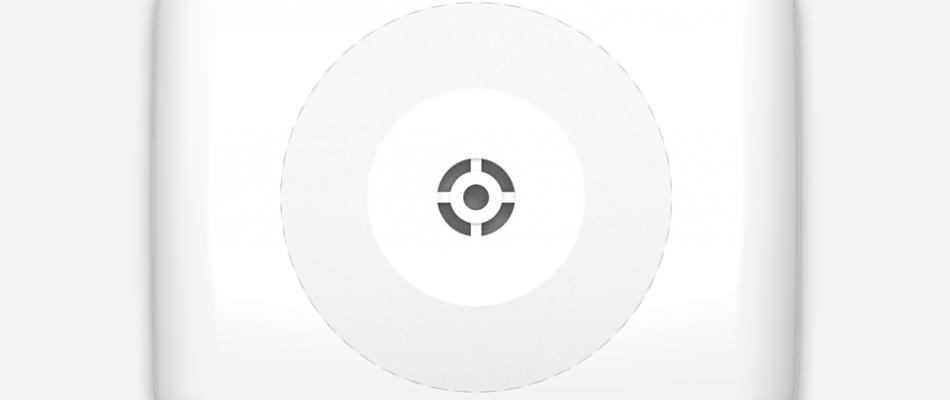

Introduction
In the age of smart technology, the advent of an NB-IoT based temperature and humidity sensor marks a significant leap forward in environmental monitoring. Designed to provide real-time alerts for moisture levels, this sensor is not just a tool for maintaining optimal atmospheric conditions but also a guardian against the potential damage caused by excessive humidity.
Unveiling the Technology
Narrowband IoT (NB-IoT) serves as the backbone of this innovative sensor, offering a wide range of benefits including low power consumption, extensive coverage, and the ability to connect a multitude of devices simultaneously. This makes the sensor particularly suitable for applications in hard-to-reach areas or those requiring long battery life.
Features and Functionality
The sensor stands out for its ability to accurately measure temperature and humidity levels, sending instant warnings to users when moisture levels exceed predefined thresholds. This feature is crucial in preventing mold growth and structural damage, which can be caused by high humidity levels.
Integration with the cloud is seamless, facilitated by scanning a QR code that quickly learns the sensor into a cloud account. This simplicity in setup and administration via a cloud account ensures that users have easy access to real-time data and alerts, regardless of their location.
Cloud Connectivity: A Game Changer
The use of cloud technology with this sensor provides several distinct advantages:
- **Remote Monitoring:** Users can check the status of their environment anytime, anywhere, through a cloud-based platform.
- **Data Analysis:** Historical data collected by the sensor can be analyzed to identify trends, helping in predictive maintenance and environmental control strategies.
- **Easy Configuration:** The cloud platform allows users to easily configure settings, update software, and manage alerts without needing physical access to the sensor.
Applications
The NB-IoT temperature and humidity sensor has a wide range of applications, from residential and commercial buildings to industrial settings and agriculture, where maintaining certain humidity levels is crucial for product quality. Its ability to provide early warnings for moisture also makes it an invaluable tool for museums, libraries, and archives where humidity control is essential for the preservation of sensitive materials.
Conclusion
The introduction of the NB-IoT based temperature and humidity sensor is a testament to the power of IoT in transforming environmental monitoring. By combining accurate sensing capabilities with the convenience of cloud connectivity, this sensor offers a comprehensive solution for managing and preventing humidity-related issues. Its ease of use, coupled with powerful analytics, ensures that users can maintain optimal conditions efficiently and effectively, safeguarding their health, structures, and valuables against the adverse effects of excessive moisture.
Check out the new LUPUS Mobile Temperature and Humidity Sensor